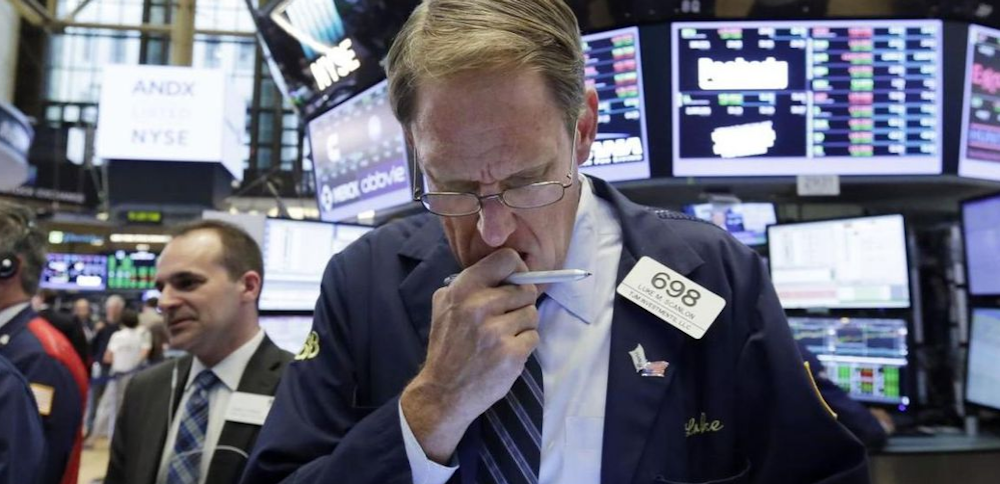Adjust your portfolio in volatile times

I’m sure you’ve heard this before: Review your portfolio every three months and make changes if required.
It’s become a cliché in the investment world. But what exactly does it mean?
In my experience, most people see a portfolio review as an assessment of how their various securities are doing. Which ones are meeting expectations, and which should be dumped?
That’s important, but it shouldn’t be the number one priority. Instead, the very first thing you look at should be your asset allocation – how much of your money is invested in stocks, bonds and cash.
The actual securities you own are secondary when it comes to determining how well your portfolio is likely to perform over time. If your asset mix is wrong, your portfolio will never live up to its potential.
Over the years, I’ve read articles that contend that up to 90 per cent of a portfolio’s performance is determined by having the correct asset allocation. I find this to be a bit of a stretch – surely more than 10 per cent of performance relates to choosing the right stocks or bonds.
But directionally, this thesis is on target. How you allocate your resources will have more of an impact on your long-term results than whatever it is you actually buy.
Legendary investor and author Jim Rogers, who co-founded the Quantum Fund with George Soros, put it this way:
“The trick in investing is not to lose money. That’s the most important thing. The losses will kill you. They ruin your compounding rate, and compounding is the magic of investing.”
Warren Buffett says it more simply: “Rule No. 1: Never lose money. Rule No. 2: Never forget rule No. 1.”
So, what does this mean in real world terms? Basically, it comes down to adjusting your portfolio in volatile times (like now) so as to limit your downside risk. That means holding a larger percentage of your assets in bonds and cash.
Most people, even low-risk investors, are probably overweighted in stocks without even realizing it. That’s because, thanks to the 10-year bull market, stock prices have risen dramatically, even for the most conservative companies.
For example, in January 2009, shares of Royal Bank were trading in the $30 range. Since then they have more than tripled in value. Multiply this by all the equities in your portfolio and your exposure to the stock market today is probably much higher than you’d like or are comfortable with.
Outcome Wealth Management has developed an approach to this problem that they say is unique in Canada. The company uses a dozen broadly based exchange-traded funds (ETFs) to create a portfolio that Noah Solomon, president and chief investment officer, says is based on what is actually happening in the markets, not on predictions.
YOU MIGHT BE INTERESTED IN...
His company ignores macro-economic trends and the performance of individual stocks. “The mood of investors is the only thing that really moves markets,” he contends.
Every month, the portfolio is re-evaluated using a sophisticated screening system that looks at total returns and month-end price levels over six, nine and 12 months. If all three indicators are positive, the ETF is retained in the fund with a 10 per cent weighting. If even one indicator is negative, it is dropped.
In November, the Outcome fund moved out of stocks entirely. As a result, investors escaped unscathed when equities suffered their worst December since the Great Depression. The fund is still out of the stock market, with all the assets in fixed-income ETFs. In other words, the signals are still negative.
Most people won’t be able to make use of Outlook’s services because of its $500,000 minimum investment requirement. Nor does it make sense for individuals to overhaul their portfolios each month – the trading fees would eat up any profits.
